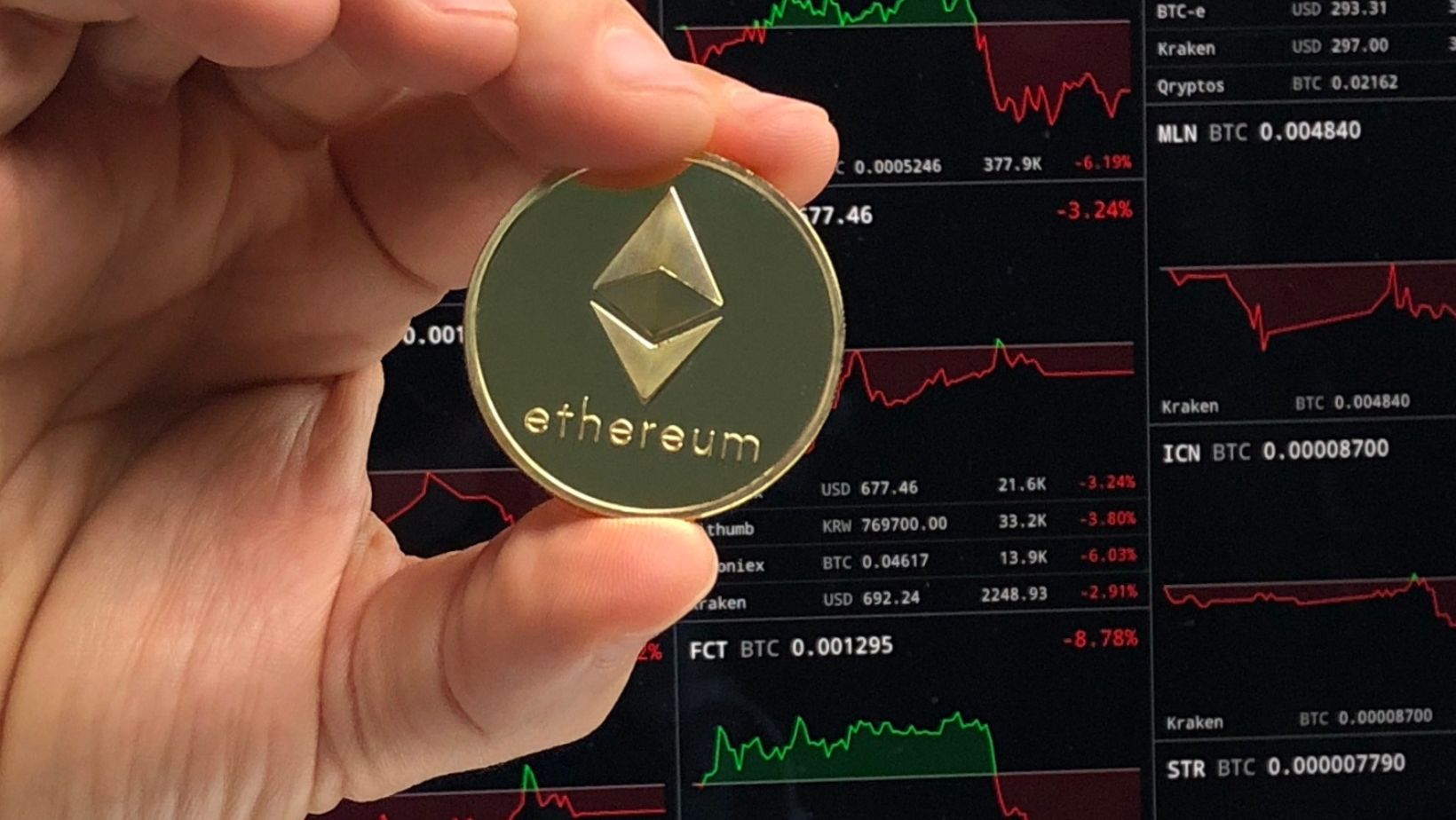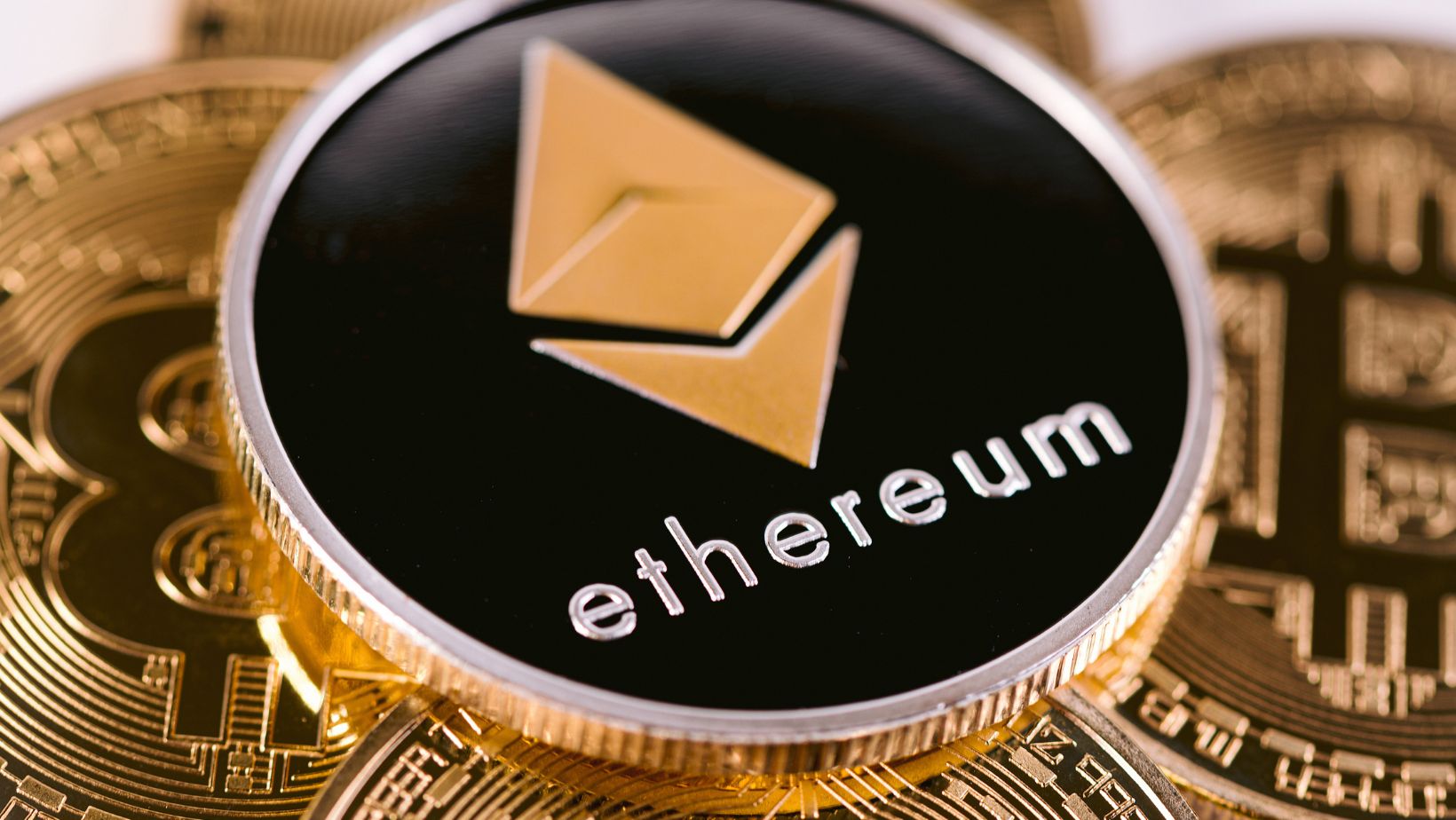
Ethereum remains a cornerstone of the blockchain ecosystem, yet concerns over scalability and transaction costs persist. Polygon has emerged as a crucial Layer 2 solution, enhancing Ethereum’s efficiency without replacing its core functionality. But does Polygon truly rival Ethereum? Will Ethereum 2.0 eliminate the need for Polygon? More importantly, which platform is the better choice for your dApp? Consulting with an experienced dApp development company can help answer these questions. Let’s dive deeper.
Understanding Ethereum and Polygon
Ethereum: A Pioneer in Decentralized Applications
Launched in 2015, Ethereum is the first and most widely adopted smart contract platform. With nearly 3,000 decentralized applications (dApps) and a vast developer community, Ethereum provides a robust foundation for blockchain-powered solutions. Its appeal lies in its open-source nature, Solidity programming language, and extensive ecosystem. However, Ethereum’s Proof of Work (PoW) consensus mechanism results in slow transactions and high gas fees. Ethereum 2.0 aims to mitigate these issues by transitioning to Proof of Stake (PoS), promising enhanced scalability and reduced costs. However, full implementation is still ongoing.
Polygon: A High-performance Layer 2 Solution
Originally introduced as Matic Network, Polygon was rebranded in 2021. Unlike Ethereum, which functions as a standalone blockchain, Polygon operates as a Layer 2 solution, enhancing Ethereum’s infrastructure rather than competing with it. By utilizing a PoS consensus mechanism, Polygon offers faster transactions, lower fees, and improved efficiency while remaining compatible with Ethereum. With over 19,000 dApps running on its network, Polygon has solidified its position as an essential player in the blockchain space.
Key Differences: Architecture, Performance, and Security
Architectural Approach
Ethereum employs a stateful architecture where every node updates transaction records, which can slow down processing speeds. Polygon, in contrast, features a multi-layered system that executes transactions on its own network before settling them on Ethereum. This design significantly improves efficiency without compromising security.
Consensus Mechanisms
Ethereum’s PoW model offers strong security but at the cost of high energy consumption and sluggish transaction speeds. The Ethereum 2.0 upgrade, which transitions to PoS, aims to resolve these limitations. Meanwhile, Polygon already operates on PoS and employs additional scalability solutions such as Plasma chains, zero-knowledge rollups, and optimistic rollups to enhance performance further.
dApp Ecosystem
Ethereum dominates the decentralized finance (DeFi) and non-fungible token (NFT) sectors, hosting leading projects like Uniswap, Aave, and OpenSea. However, Polygon has rapidly gained traction, attracting DeFi applications such as QuickSwap and Curve Finance, as well as major brands like Adidas and Prada.

The growing adoption of Polygon highlights the demand for cost-effective, high-performance blockchain solutions.
Security Considerations
Ethereum boasts a highly decentralized validator network, ensuring robust security. While Polygon transactions ultimately settle on Ethereum, Polygon’s independent infrastructure introduces additional attack vectors. However, continuous improvements in Polygon’s security mechanisms help mitigate these risks.
The Future of Ethereum and Polygon
With Ethereum 2.0 improving transaction speeds and reducing fees, some question whether Polygon will remain necessary. However, as blockchain adoption accelerates, Ethereum alone may not be able to handle the increasing demand.

Layer 2 solutions like Polygon will continue to play a crucial role in ensuring Ethereum’s long-term scalability.
Which Platform Should you Choose for your dApp?
The choice between Ethereum and Polygon depends on your project’s needs:
- Ethereum: Best for applications requiring the highest level of security, network decentralization, and access to the largest dApp ecosystem.
- Polygon: Ideal for projects prioritizing lower transaction costs, faster processing times, and Ethereum compatibility.
Ultimately, both platforms offer valuable advantages, and many projects leverage both Ethereum’s security and Polygon’s efficiency. Consulting with an experienced dApp development company can help you make the right choice, ensuring your blockchain strategy aligns with your business goals.
The future of blockchain is bright, and as Ethereum and Polygon evolve, they will continue shaping the next generation of decentralized applications. Whether working together or independently, both platforms provide developers with unprecedented opportunities for innovation and growth.
#Choosing #Platform #dApp





